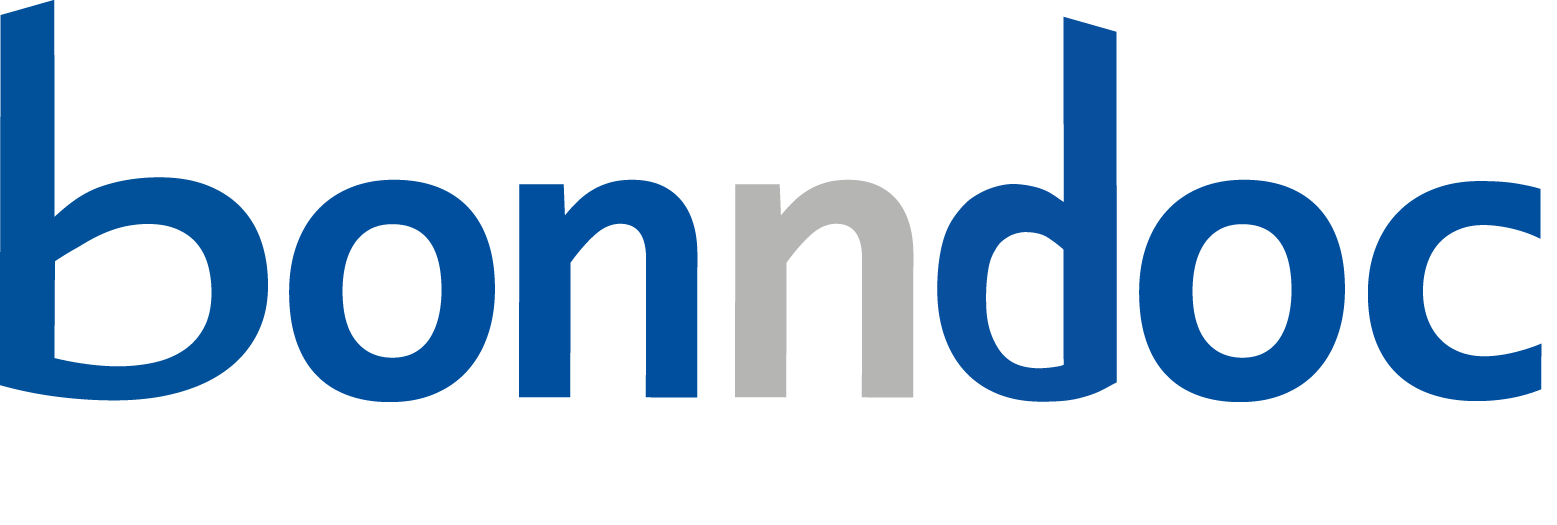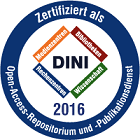Küsters, Carsten: The essential role of Cytohesin-2 as a regulator of intracellular transport. - Bonn, 2025. - Dissertation, Rheinische Friedrich-Wilhelms-Universität Bonn.
Online-Ausgabe in bonndoc: https://nbn-resolving.org/urn:nbn:de:hbz:5-80882
Online-Ausgabe in bonndoc: https://nbn-resolving.org/urn:nbn:de:hbz:5-80882
@phdthesis{handle:20.500.11811/12789,
urn: https://nbn-resolving.org/urn:nbn:de:hbz:5-80882,
author = {{Carsten Küsters}},
title = {The essential role of Cytohesin-2 as a regulator of intracellular transport},
school = {Rheinische Friedrich-Wilhelms-Universität Bonn},
year = 2025,
month = feb,
note = {The protein family of cytohesins, comprising cytohesin-1 to -4, was identified between 1996 and 2000 as small guanine nucleotide exchange factors for ADP ribosylation factor (ARF) GTPases. Since then, the function of cytohesins was mainly investigated in cell systems. Cytohesin-2 (Cyth2) was found to activate both ARF6 and ARF1 and to act mainly at the plasma membrane. It was implicated in cortical actin rearrangements, endocytic cargo uptake and cargo flow, and was connected to the regulation of autophagy. Additionally, an association to the Golgi and an involvement in growth factor receptor signaling was proposed. However, the in vivo role of Cyth2 was only analyzed in a few studies so far, assigning Cyth2 to myelination, eosinophilic inflammation, and virus particle transport. How these in vitro observations are linked to the in vivo phenotypes is not understood yet.
Therefore, the present study analyzed a conventional Cyth2 knockout (KO) mouse model comparatively to tissue-specific KOs of Cyth2. Full-KO mice exhibited postnatal lethality and observations in liver-specific KO animals suggested a metabolic imbalance in Cyth2-deficient mice, which was further analyzed in a CRISPR/Cas9-edited (Clustered regularly interspaced palindromic repeats/CRISPR-associated protein) KO cell line. In vitro feeding assays and Western Blot-based analysis of the mTOR (mammalian target of rapamycin) pathway revealed a deregulation of mTORC1 signaling, mainly affecting the autophagy kinase ULK1 (unc-51 Like Autophagy Activating Kinase 1).
To identify the cellular location of Cyth2 regulating ULK1, and the transport processes which might be involved, an unbiased differential centrifugation/mass spectrometry approach was chosen. This method indicated morphological changes of the endosomal compartment and the Golgi apparatus, which were validated by immunofluorescence analysis in various cell types: Elevated numbers of endosomes and alterations of Golgi volume were found in Cyth2-deficient cells. Decreased cell surface glycosylation in vitro and impaired secretion of proteins to the plasma of Cyth2 KO mice emphasized a role for Cyth2 in Golgi function. Mechanistically, inhibitor studies with SecinH3 and rescue experiments in KO myoblasts using Cyth2 mutants indicated an ARF-dependent regulation of the endosomal network, while the regulation of the Golgi apparatus appeared ARF-independent, yet requiring the coiled-coil domain for protein interactions.
All in all, the present study provides the first description of a conventional Cyth2 KO mouse and the essential role of Cyth2 in the early postnatal period. Mechanistic investigations in cell models revealed a novel function of Cyth2 in Golgi morphology and function, which was found to be ARF-independent. Additionally, functional consequences of the impaired Golgi activity provide a plausible explanation for the fatal, neonatal phenotype of Cyth2 KO mice, prompting follow-up experiments.},
url = {https://hdl.handle.net/20.500.11811/12789}
}
urn: https://nbn-resolving.org/urn:nbn:de:hbz:5-80882,
author = {{Carsten Küsters}},
title = {The essential role of Cytohesin-2 as a regulator of intracellular transport},
school = {Rheinische Friedrich-Wilhelms-Universität Bonn},
year = 2025,
month = feb,
note = {The protein family of cytohesins, comprising cytohesin-1 to -4, was identified between 1996 and 2000 as small guanine nucleotide exchange factors for ADP ribosylation factor (ARF) GTPases. Since then, the function of cytohesins was mainly investigated in cell systems. Cytohesin-2 (Cyth2) was found to activate both ARF6 and ARF1 and to act mainly at the plasma membrane. It was implicated in cortical actin rearrangements, endocytic cargo uptake and cargo flow, and was connected to the regulation of autophagy. Additionally, an association to the Golgi and an involvement in growth factor receptor signaling was proposed. However, the in vivo role of Cyth2 was only analyzed in a few studies so far, assigning Cyth2 to myelination, eosinophilic inflammation, and virus particle transport. How these in vitro observations are linked to the in vivo phenotypes is not understood yet.
Therefore, the present study analyzed a conventional Cyth2 knockout (KO) mouse model comparatively to tissue-specific KOs of Cyth2. Full-KO mice exhibited postnatal lethality and observations in liver-specific KO animals suggested a metabolic imbalance in Cyth2-deficient mice, which was further analyzed in a CRISPR/Cas9-edited (Clustered regularly interspaced palindromic repeats/CRISPR-associated protein) KO cell line. In vitro feeding assays and Western Blot-based analysis of the mTOR (mammalian target of rapamycin) pathway revealed a deregulation of mTORC1 signaling, mainly affecting the autophagy kinase ULK1 (unc-51 Like Autophagy Activating Kinase 1).
To identify the cellular location of Cyth2 regulating ULK1, and the transport processes which might be involved, an unbiased differential centrifugation/mass spectrometry approach was chosen. This method indicated morphological changes of the endosomal compartment and the Golgi apparatus, which were validated by immunofluorescence analysis in various cell types: Elevated numbers of endosomes and alterations of Golgi volume were found in Cyth2-deficient cells. Decreased cell surface glycosylation in vitro and impaired secretion of proteins to the plasma of Cyth2 KO mice emphasized a role for Cyth2 in Golgi function. Mechanistically, inhibitor studies with SecinH3 and rescue experiments in KO myoblasts using Cyth2 mutants indicated an ARF-dependent regulation of the endosomal network, while the regulation of the Golgi apparatus appeared ARF-independent, yet requiring the coiled-coil domain for protein interactions.
All in all, the present study provides the first description of a conventional Cyth2 KO mouse and the essential role of Cyth2 in the early postnatal period. Mechanistic investigations in cell models revealed a novel function of Cyth2 in Golgi morphology and function, which was found to be ARF-independent. Additionally, functional consequences of the impaired Golgi activity provide a plausible explanation for the fatal, neonatal phenotype of Cyth2 KO mice, prompting follow-up experiments.},
url = {https://hdl.handle.net/20.500.11811/12789}
}






